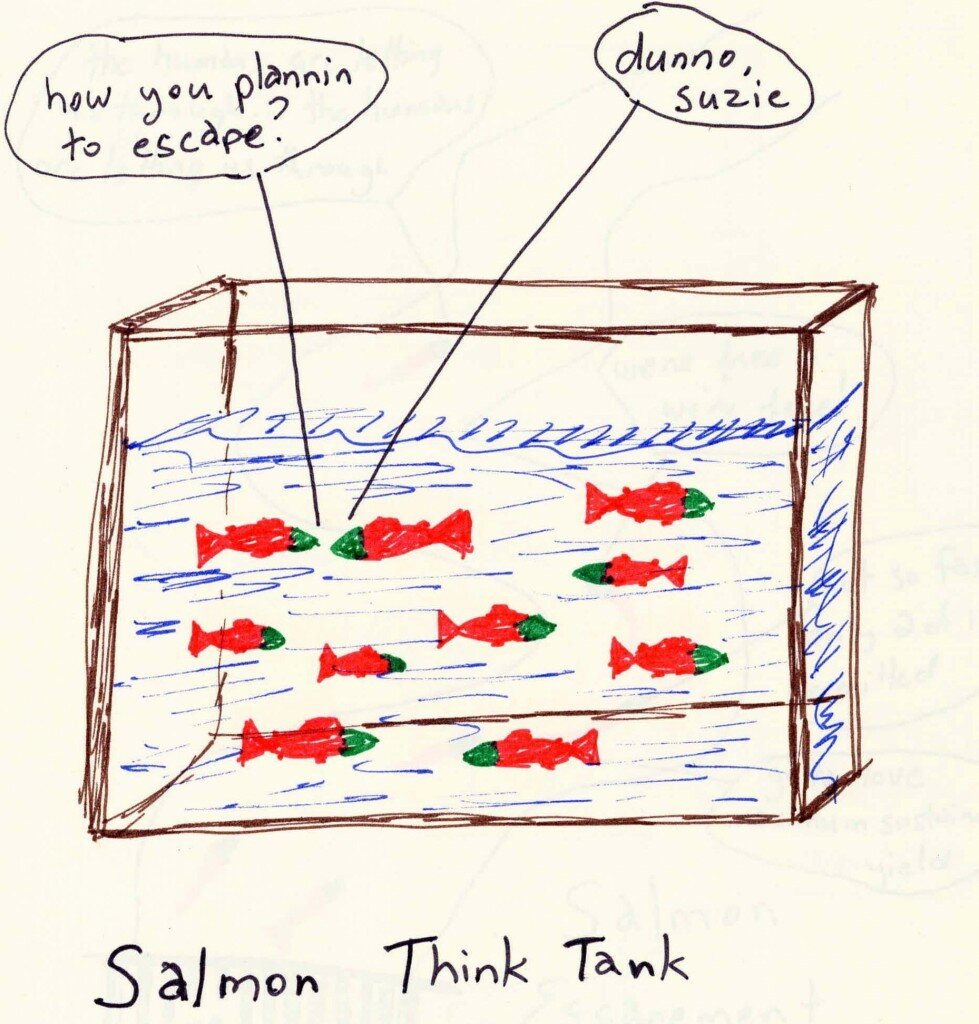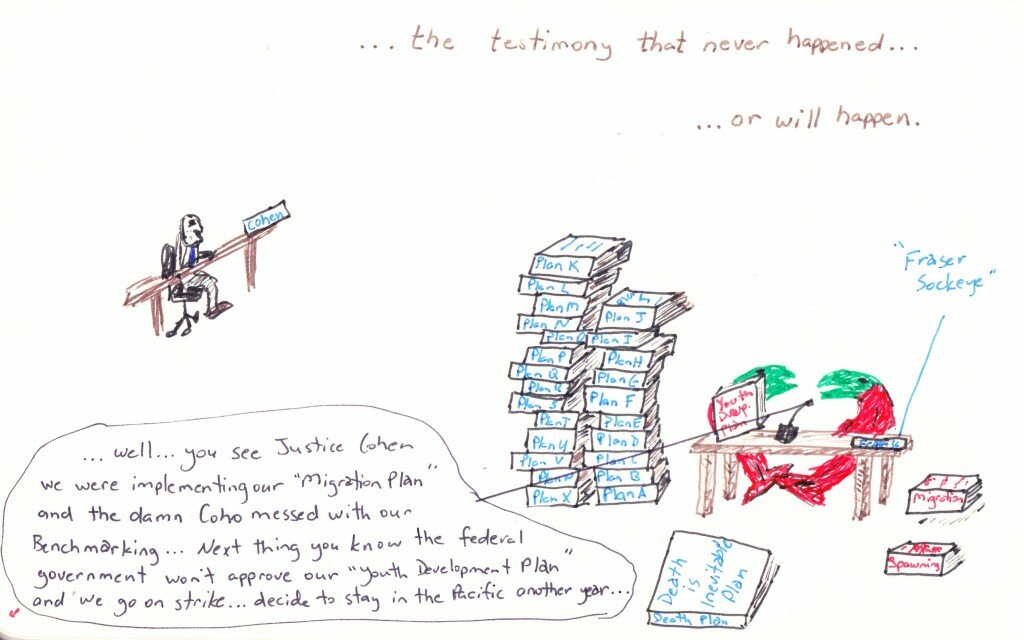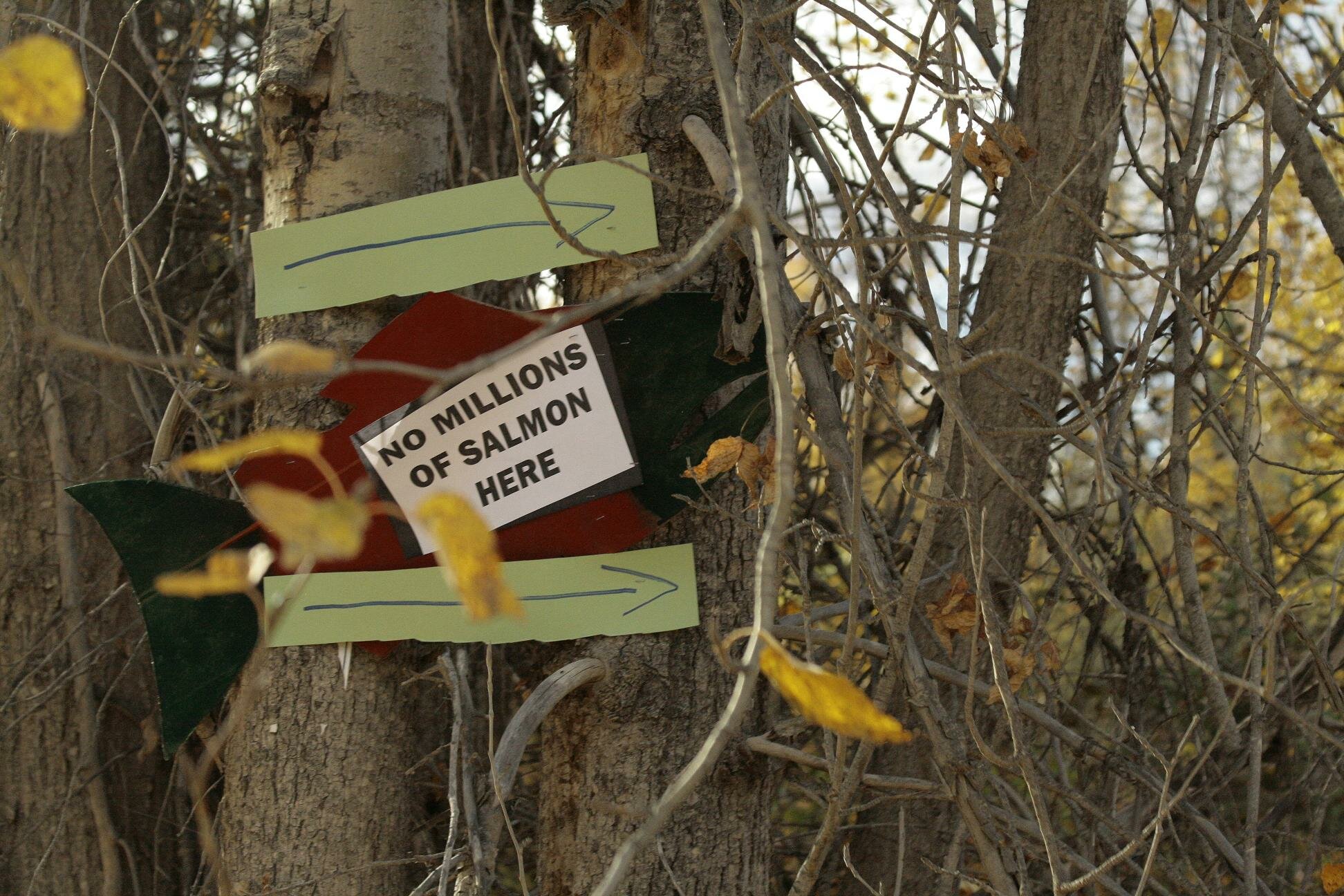We might be getting so close to the true reason for salmon declines… I can almost smell it.
It’s as strong as a decaying humpy in the noon day soon; or thousands of humpies rotting in the noon day fall sun.
This is groundbreaking, revolutionary, cutting edge, best of the best practices, and ‘benchmark’ of all benchmarks, the immeasurable measurable, the objective objective and strategic strategy…
Maybe we should stop the Cohen Commission, save some time and money, and get down to work on fixing the great salmon killer:
The asshole paradox…
_ _ _ _ _ _
The Globe and Mail ran a Mark Hume article today:
…A panel of retired and current senior officials with the Department of Fisheries and Oceans described Monday, for the Commission of Inquiry into the Decline of Sockeye Salmon in the Fraser River, how the wild salmon policy was hammered out in a series of intense discussions between 2001 and 2005.
Officials said there was not only conflict between outside stakeholders and DFO, but also internally between departmental scientists and fisheries managers.
…A series of e-mails obtained by The Globe and Mail show that DFO officials often bristled at criticism they were getting from NGOs while the policy was being developed.
In one communication, Mr. Chamut describes conservationists, who were in discussions with DFO in shaping the policy, as “assholes.”
(It’s quite odd this… I can think of a few politicians that have been removed from their posts due to comments less harsh than this. Yet, public service employees may not be held to the same standard…?)
Sadly, the “asshole” statement is the history of salmon ‘management’ over the last century or so — ever more so in the last fifty years or so, and heating up substantially in the last two decades. It is a mirror image of so many fisheries around the world that exploded in growth over the last half century — too many fisherfolks; not enough fish
…and apparently too many assholes criticizing the processes dealing with these issues.
_ _ _ _ _
See here’s part of the asshole paradox: Simply by owning up to the fact of being an asshole, you are well on your way to becoming an ex-asshole.
I was one of those “assholes” that did work for NGOs that criticized the Wild Salmon Policy.
I still criticize it… it’s a bunch of nice words on paper with very little budget to be implemented with any real meaning. It’s full of bumpf and bafflegab — says a lot without saying much at all. The issues that salmon face (or any threatened ecosystems) will not be solved by techno-scientific empty-terms parading on paper as ‘solutions’.
.
(whewee, thank ghad, I feel better now… maybe I’m on my way to becoming an ex-asshole)
.
And, yet… this view of from within the federal ministry tasked with looking after wild salmon is prevalent — Anyone from outside of the organization that criticizes its work… is an asshole. Or even someone from outside of one’s department… is an asshole)
Not with everyone in the organization, not by any sense of the imagination. There are many great folks within DFO — however any institution that has a history of labeling critics as “assholes”… will have a hard time breaking that institutional history.
(case in point, I think my name might have been followed by “what an asshole…” at meetings over the last while where I’ve attempted to ask some hard, honest questions of the federal ministry responsible for looking after wild salmon)
_ _ _ _ _
Does it not amaze you how kids nursery rhymes and schoolground taunting remains very much the same over time…?
e.g., “sticks and stones will break my bones…”
It’s an institutional culture.
Does it not amaze you that the antics within the House of Commons, our national governing institution, remains very much the same over time… you know… the “hear, hear” and “mr. speaker…” — and that it does not operate much different than an elementary school playground?
“what a bunch of assholes… we don’t need to listen to them… we know what we’re doing here… we know best…”
_ _ _ _ _
And, so what do you think happens with those working outside of DFO looking in and being critical?
“oh those assholes… there goes frigging DFO again on their strategic, objective, benchmarking, best practicing policy…”
And thus the paradox:
All of those outside of DFO, criticizing DFO material — are assholes.
All of those inside of DFO, producing DFO material — are assholes.
My only question then is… what does that make retired ex-DFO people? (such as the one’s testifying at the Cohen commission this week)
_ _ _ _ _
Well, at least if everyone would admit they’re an asshole… then we could have a crapload of people on their way to becoming ex-assholes.
_ _ _ _ _
So what is the great theory that solves the great mystery of salmon disappearances (and reappearances)?
All us assholes.

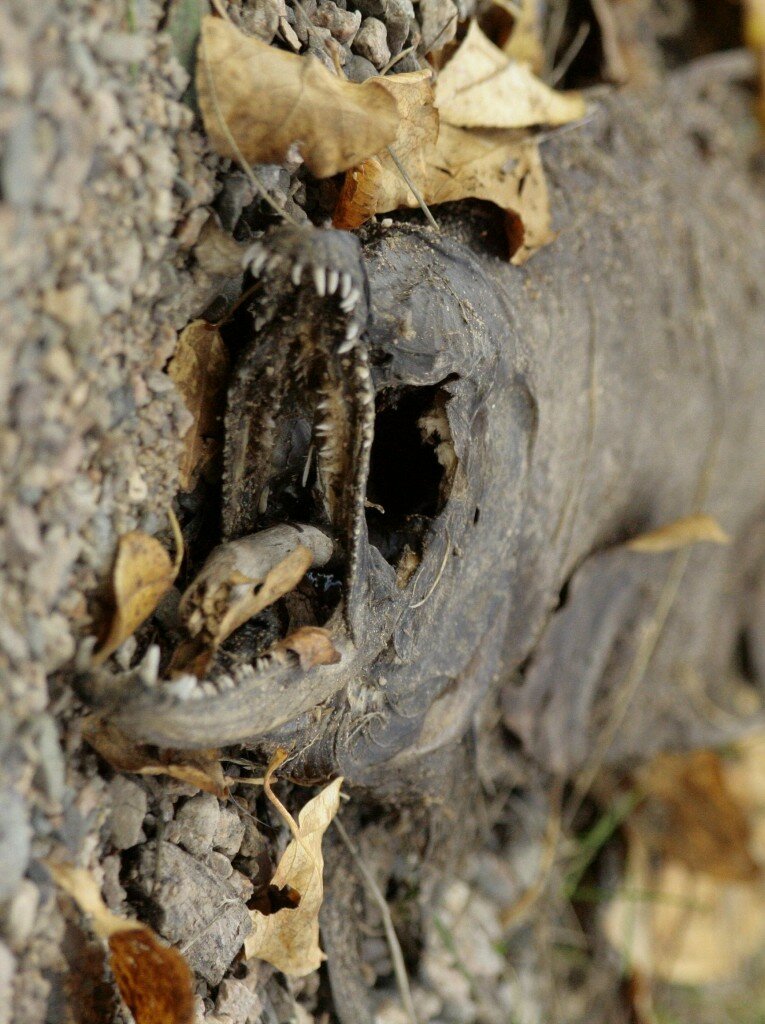
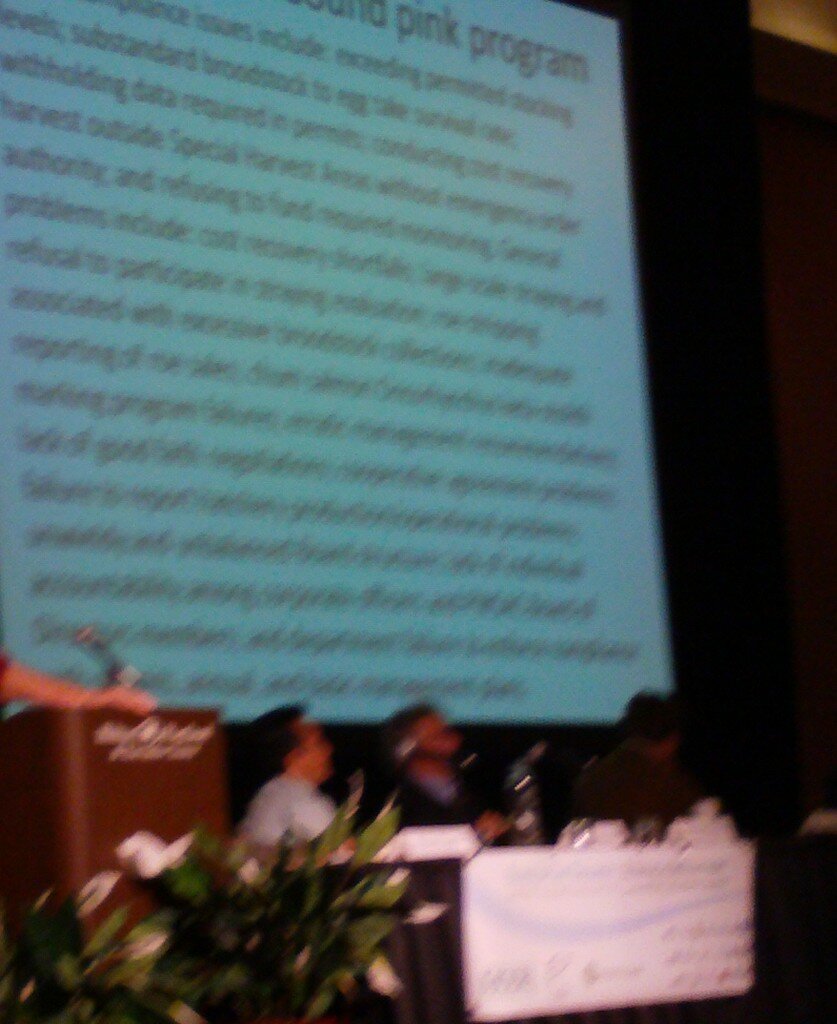
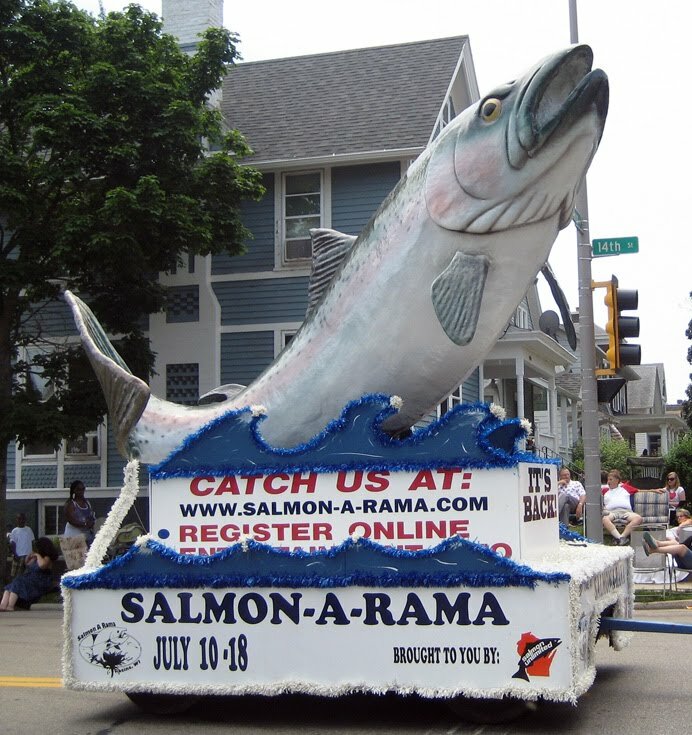

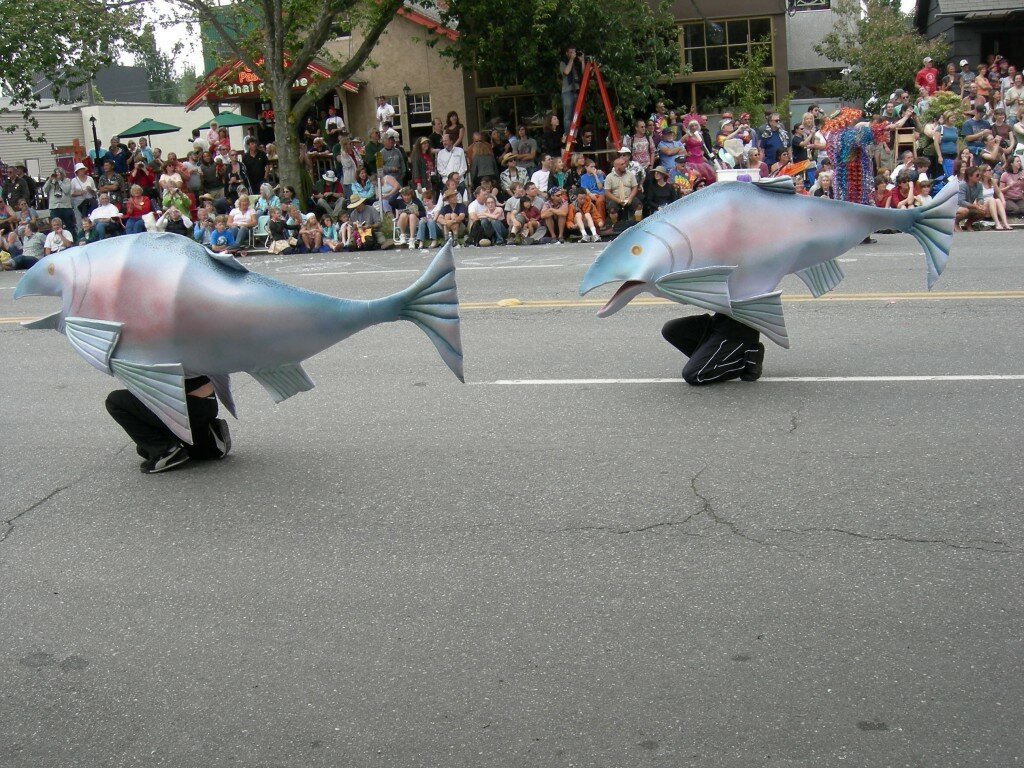
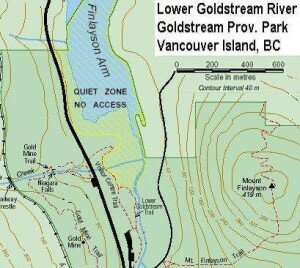
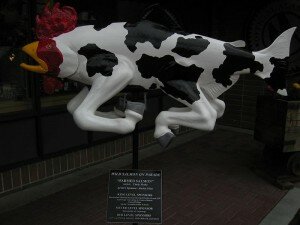

 Labor is not just a meaningful experience – it’s also a marketable one. When instant cake mixes were introduced, in the1950s, housewives were initially resistant: The mixes were too easy, suggesting that their labor was undervalued. When manufacturers changed the recipe to require the addition of an egg, adoption rose dramatically. Ironically, increasing the labor involved – making the task more arduous – led to greater liking.
Labor is not just a meaningful experience – it’s also a marketable one. When instant cake mixes were introduced, in the1950s, housewives were initially resistant: The mixes were too easy, suggesting that their labor was undervalued. When manufacturers changed the recipe to require the addition of an egg, adoption rose dramatically. Ironically, increasing the labor involved – making the task more arduous – led to greater liking.